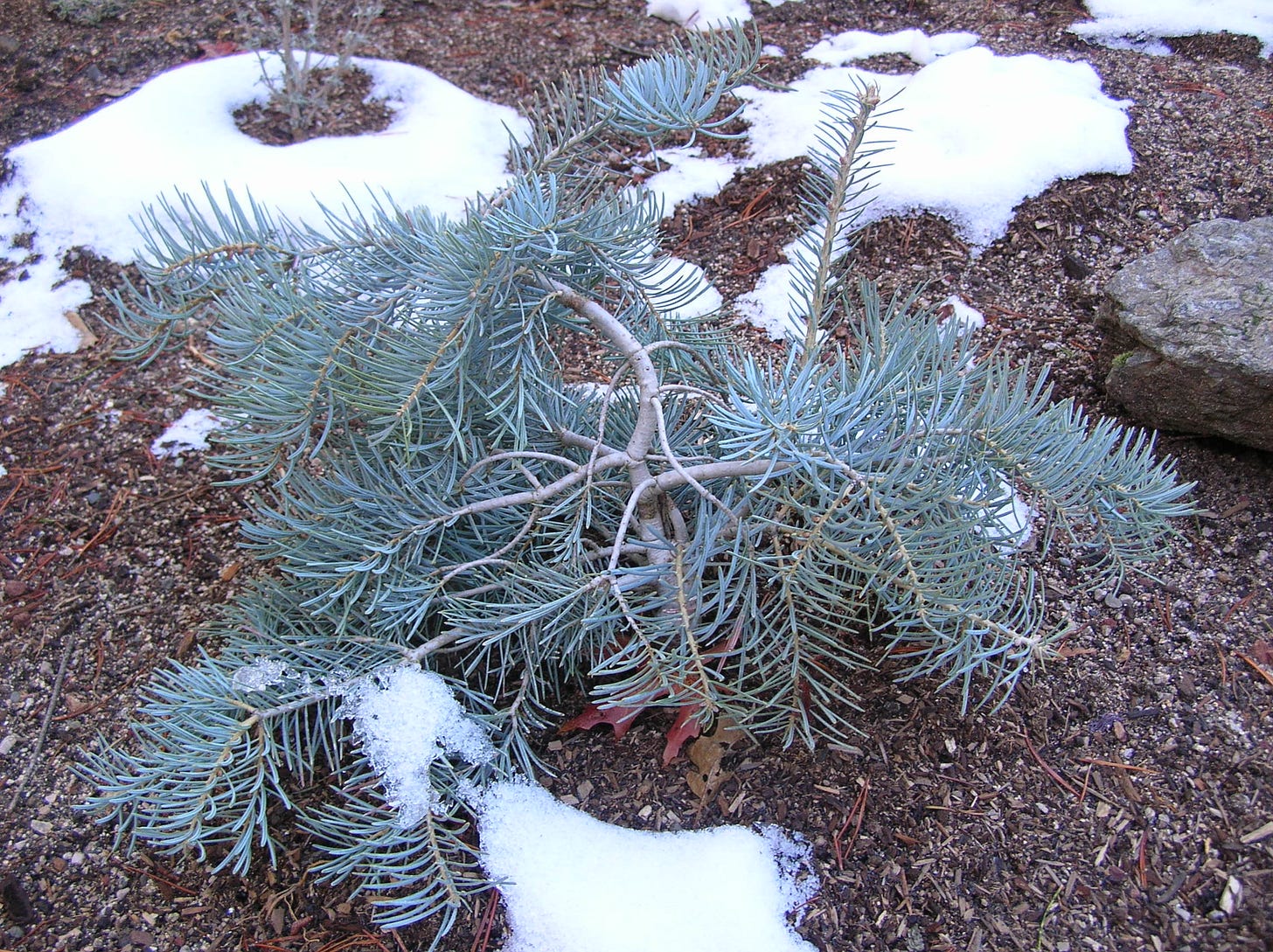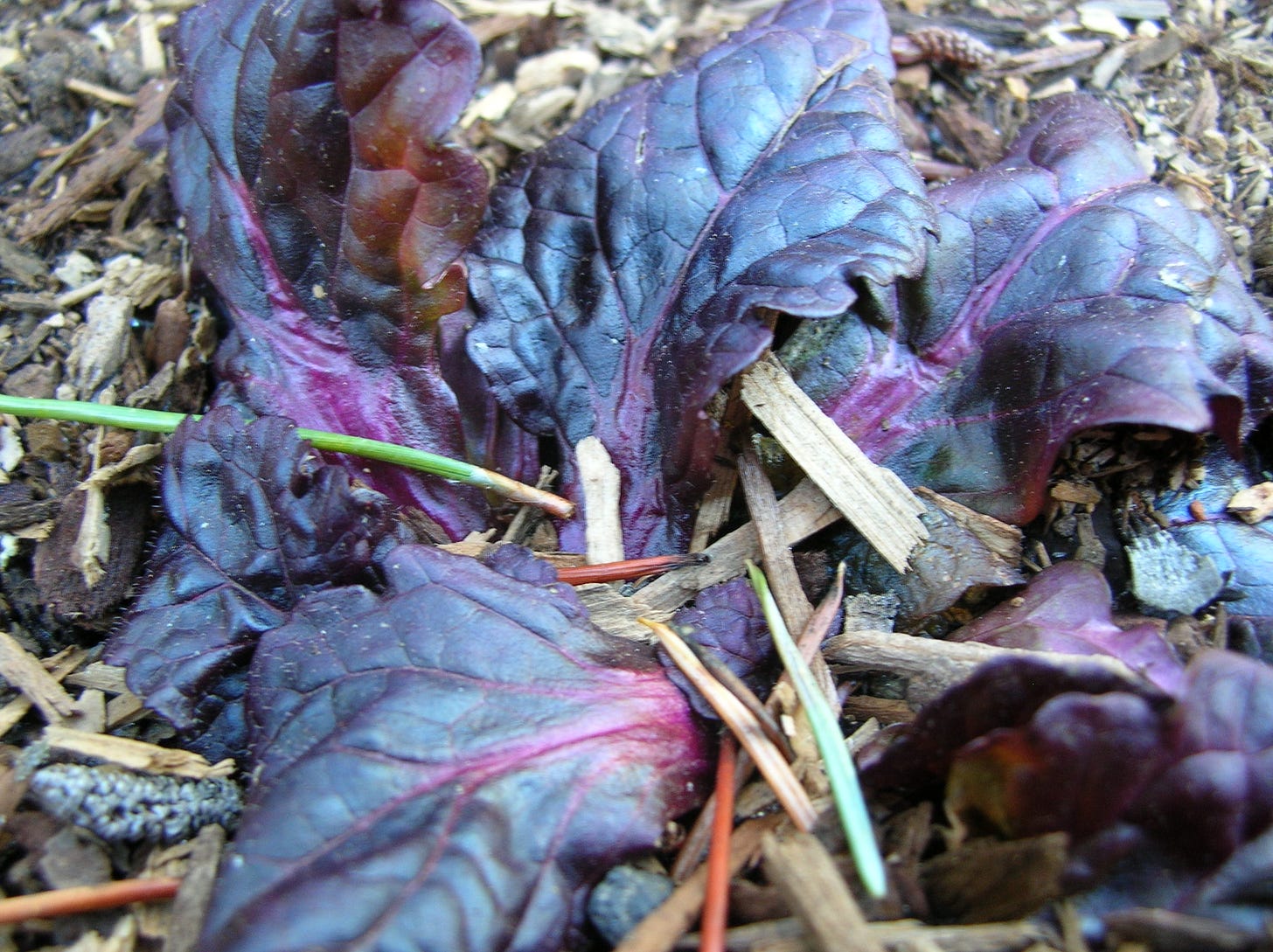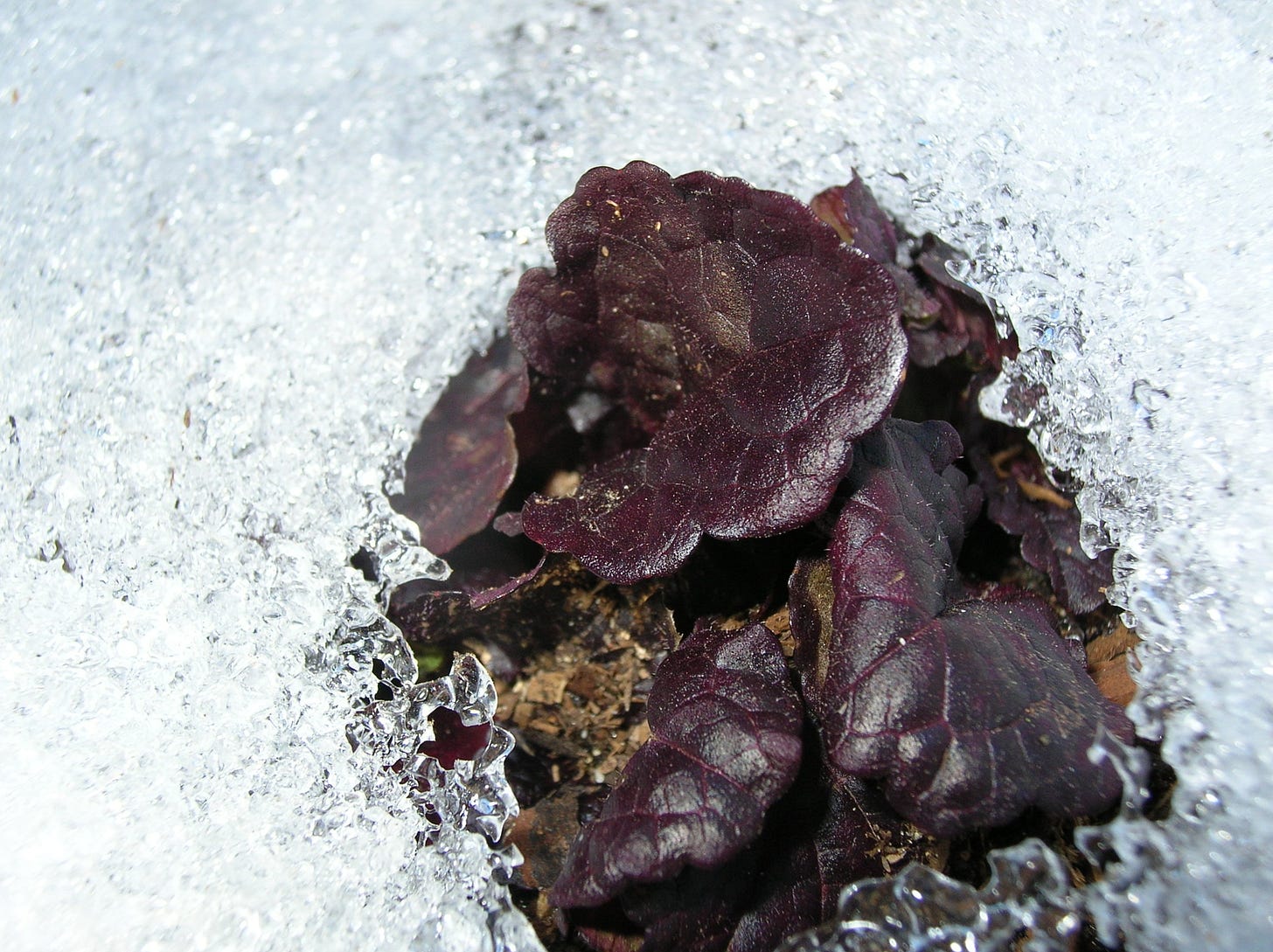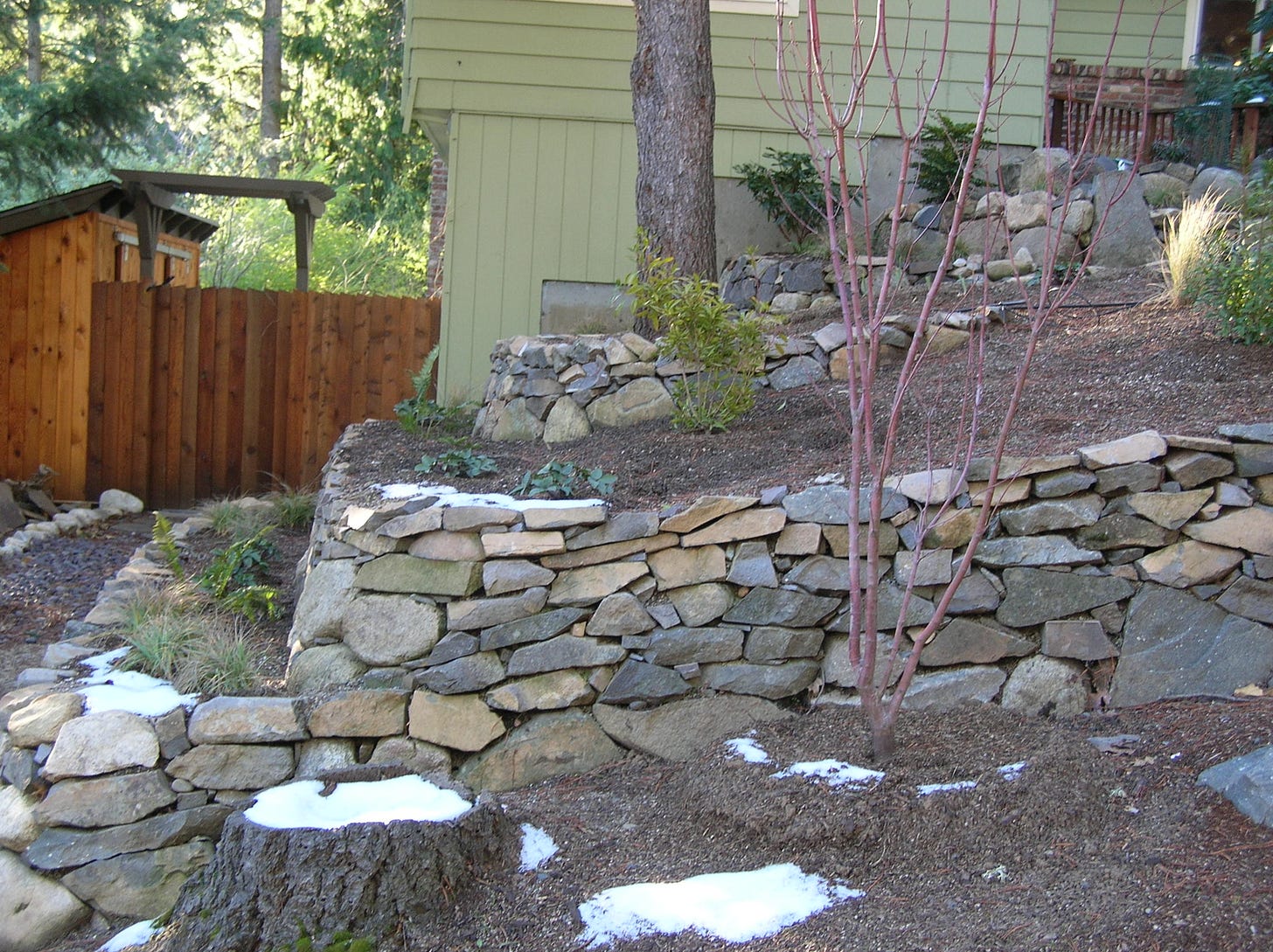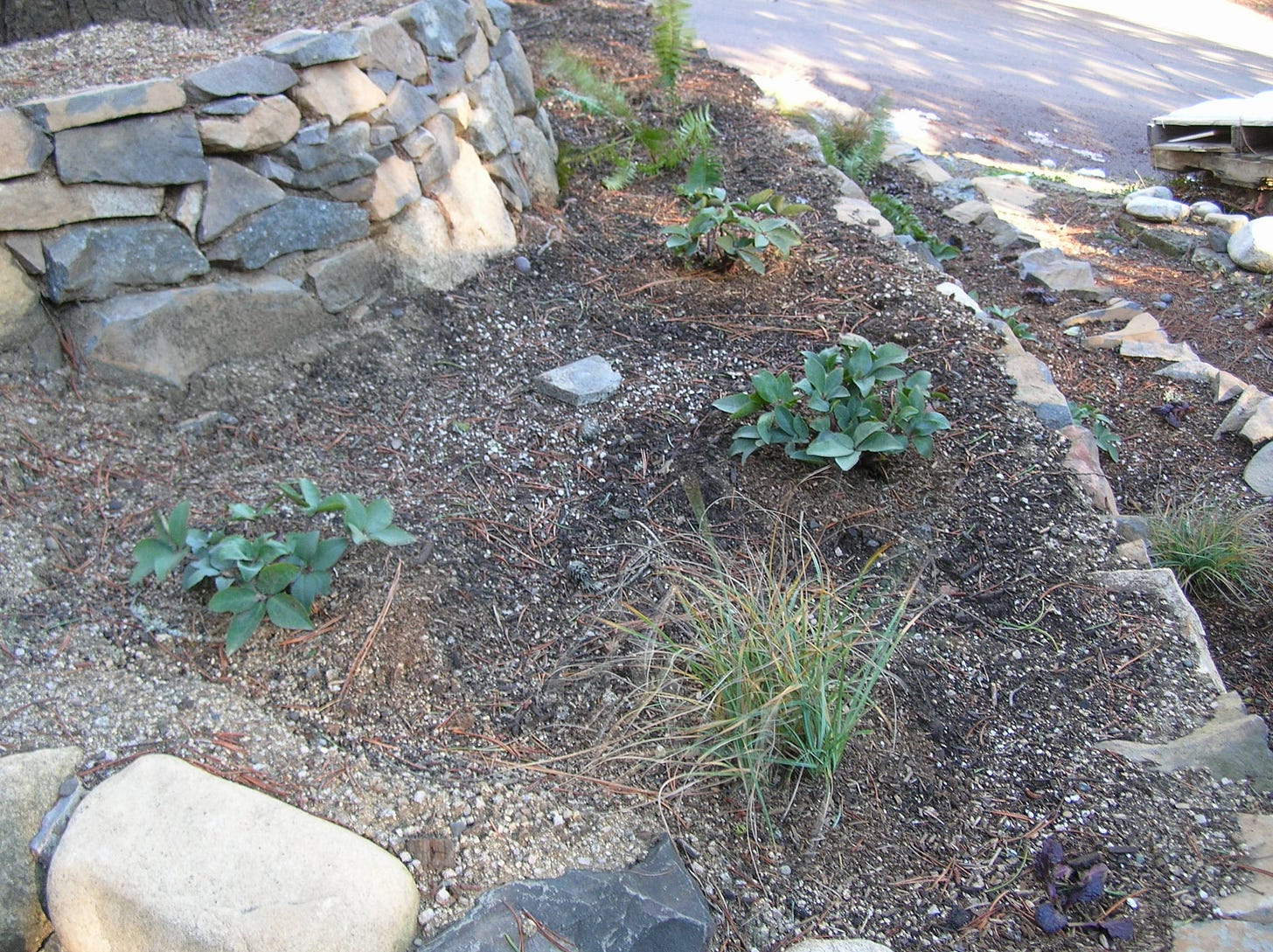5 of my Best Tips to Transform Your Garden
I've learned a lot about how healthy and beautiful gardens thrive organically. The following are what I've experienced to be some of the most fundamental must do's for garden thrival.
I - Work With Your Unique Outdoor Ecology: Do your homework to know the climate you live in and what is native there. You can avoid animal destruction and foster plant longevity by working with your unique garden ecology. This is different for everyone depending on where your home-front is. Take into consideration the wind, sun exposure, slopes, animals treading in your garden or fencing to keep them out, moisture levels, drainage, forest or arid side of a valley, desert, soil types, etc.
II - Plant Properly: What I see causing pest and health problems with plants more than anything is almost always because they were planted too low into the ground - aside from annuals, ground covers, and more tiny/delicate plants like sedum and ajuga (featured below) that don't need to be planted high and mounded up for proper root establishment and respiration. For more a more in depth post on Planting and Transplanting click here.
III - Weed Your Gardens By Hand: When you consistently weed your gardens by hand you are also simultaneously working the soil and training your garden to keep what you want to grow and take up space, while pulling out what you don't. This will be different for different people based on the plants you want growing at your place, what you like to eat, what you value, what medicinals you want on hand, and what you find beauty with.
IV - Feed The Soil: My philosophy is that the ground is the foundation of your garden. The 2nd major factor in plant disease and health problems are in the soil. The proper soil for the proper plants, makes for healthy and happy looking plants! Soil is the meat of your gardens. Focus the bulk of your efforts on soil amendment like compost, planting mixes, and mulches specific to the needs of the plants you have, or want growing there if you are preparing a bed for planting. Most of the time if you do this, either long before planting by building the soil or when planting and amending current garden beds, that is all you will need to do, and fertilizers may not even be necessary. Soil amending is foundational while fertilizers are medicine we can use specifically when a plant shows ill health with a clear need for some medicine.
V - Get Rid Of Your Lawn or Water It More Efficiently: Watering your lawn takes a significant amount of water. You can create a garden instead with a drip system that will save you money and water. Making a garden will provide beauty, color, food, and medicine for you and your home. You may even qualify for a credit where the city pays you for removing your lawn, if your city offers this program.
Featured Portfolio Pictures
Below we have a lovely dwarf blue spruce, showing you how great evergreens look in the winter, even with a little snow on the ground. Evergreen plants are green all year round, and are the most green in the winter when the weather is cold and wet.
Below are pictures of mahogany ajuga plant - also known as bugleweed - taken from a December garden project in Southern Oregon. This is a non-invasive hardy ground cover that does well in shady areas, and is deer resistant. Not great for extremely dry shade conditions, and doesn't require a whole lot of care. Once established they will send runners and spread - this is what ground covers do.
And below we have a grouping of the mahogany ajuga, hellebore, and ornamental silver spike-grass together in a tiered garden bed that runs along a wall on a very steep hill. You can see how steep the grade is along the wall - rich in decomposed granite - and also the Japanese vine maple tree that is another great one for this climate. The is an excellent grouping for the forest under the canopy acid-loving shady ecology based areas.
Straight Up & Free with James D is a reader supported publication.
If you found this valuable and educational, and appreciate the craftsmanship and care I bring in providing this content, please consider upgrading your subscription to support my work. You can also give a gift subscription, or make a one time donation.
Thank you!


